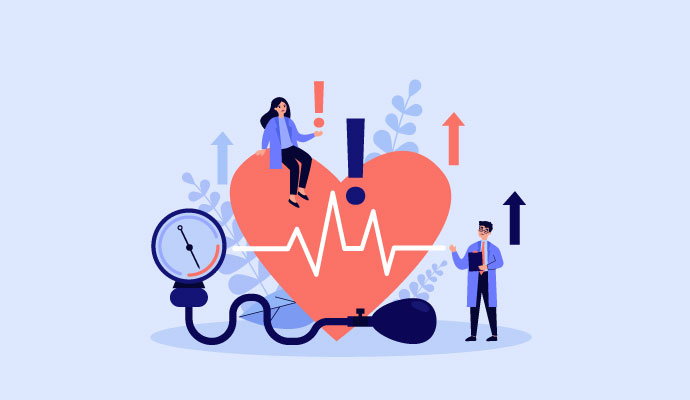47% of Older Adults Regularly Engage in Self-Measured BP Monitoring
New research shows that less than half of adults over 50 regularly perform self-measured blood pressure monitoring despite benefits such as improved health outcomes.

Source: Getty Images
- A study published in JAMA Network Open found that only 47 percent of patients with a blood pressure-related health condition conduct self-measured blood pressure monitoring even though prior research has shown the benefits of doing so, including decreases in blood pressure (BP).
According to the study, self-measured BP monitoring outside the clinical location is recommended. Researchers aimed to gather information regarding prevalence, frequency, and other factors surrounding self-measured BP monitoring performed by US adults between 50 and 80.
The study involved 2,023 patients who completed a survey. Of this population, 59.6 percent had hypertension or a BP-related condition. Among this cohort, 61.6 percent said they had received a recommendation from their clinician to monitor their BP. But only 47.9 percent of patients reported regularly checking their BP.
Of those with hypertension or BP-related condition, 55 percent used a home blood pressure monitor, about half of whom shared results with clinicians.
Of the group that did not own a monitor, 54 percent stated they did not consider obtaining one.
The factors linked to regular self-measured BP monitoring were self-rated mental health, recommendations from a clinician, and home BP monitoring device ownership.
Although the portion of patients with hypertension or blood pressure-related condition who regularly monitored BP did not exceed half, the proportion of patients leveraging self-measured BP monitoring in 2021 (51.2 percent) was higher than those who were 18 and older and engaged in self-measured BP monitoring from 2005 to 2008 (43 percent).
Researchers also surmised that a decline in in-person office visits and an increase in telehealth may have influenced the rise in clinician recommendations to perform self-measured BP monitoring.
Previous research shows that self-measured BP monitoring correlated with drops in blood pressure and cost-effectiveness. Thus, researchers concluded that patients should receive further education regarding self-measured BP monitoring, and protocols should be developed to share the readings with their clinicians.
But researchers also noted various limitations to the study, including the potential inaccuracies associated with self-reported data, the inconsistencies of self-measured BP monitoring, and a lack of representation of racially diverse groups.
Recently, various studies have examined the self-measured BP monitoring process and collected data regarding its efficacy.
For example, a study from August found that a smartphone application did not prove to be an effective method for measuring BP compared to standard procedures.
Data also shows that older adults may not be frequent users of health apps overall.
Survey results released in February show that 56 percent of 50-to 80-year-old adults have never attempted to use a health-related smartphone app. Only 28 percent of this population is currently using at least one of these apps.
